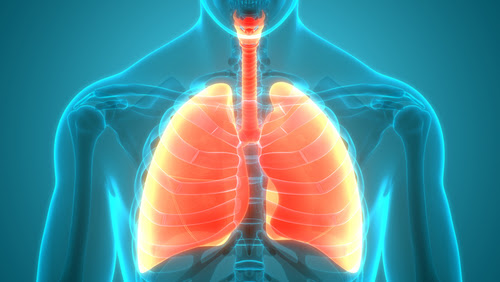Does Your Breathing Cause Your Body Stress?
Pain? Tight hips, low back? Rounded posture? Fatigue? Is breathing the root cause?
We breathe over 1 million times a day!
For something that should be automatic and easy, it’s been amazing how many people we meet whose breathing mechanics don’t work correctly.
We meet because you are looking for pain relief at the knee, hip, low back, neck and shoulders. We find your breathing mechanics have hijacked muscles to help which shouldn’t be involved in breathing. This is why you continue to have pain. Breathing is more important to survival than walking or running. When I’m teaching, I remind students that ‘Breathing always wins!’
Common joint pain interventions focus on strengthening and stretching the muscles. In reality, no amount of strengthening or stretching will be enough to counteract the effect of compensations working 1MM times a day to support breathing.
What you really need is a reset. Bridging is able to quickly reset how the muscles of your hips, core and diaphragm are coordinating, allowing your breathing to get back to how it’s supposed to work!
Incorrect breathing impacts so many aspects of our being!
There are so many ways in which poor mechanics of breathing can impact our lives. Many of us are aware of these issues, but we don’t think of the mechanics of breathing as a cause.
- Fatigue: Inefficient or shallow breathing will cause physical and mental fatigue. The muscles designed for breathing function like a perpetual motion machine, using very little energy for maximum oxygen intake.
- Poor Posture: Poor breathing mechanics go hand-in-hand with compromised posture. The most common are rounded shoulders or protruding belly.
- Low Back Pain, Tight Leg Muscles: The diaphragm has an indirect connection to the hip flexor (psoas) muscles, so incorrect breathing will impact lower back and hip function. Most often the result is tightness, although children may experience poor core control.
- Lack of Focus: Limited breathing and postural inefficiency make it hard to sit and pay attention. Shifting around may be just the thing to help a chest function better.
- Poor Balance: The quick automatic adjustments needed from our core to maintain balance are compromised by rigidity of the chest and hip flexors.
What is correct breathing?
There are three structural attributes of proper breathing.
- The ribs should expand out, then draw back in.
- The diaphragm muscle should push down as we inhale and relax upward as we exhale.
- The shoulders and belly should stay essentially still.
These three actions seem so simple, yet we shouldn’t take them for granted. The diaphragmatic breathing should function lying down, sitting, standing, and hanging upside down.
What do we often find?
Crazy as it seems, we frequently find the opposite of each of the above items. We also find breathing to be position dependent for some people. It works well sitting, but not standing, or it works well standing, but not sitting. Usually you have no idea it’s not correct.
These are some of the characteristics we find (and they change!):
- Ribs that are so solid they will not expand and contract
- A diaphragm muscle that either stays in place, or draws upward with a breath in.
- Shoulders that elevate with a breath in, and drop as we exhale
- A tummy that expands out with each breath.
How does breathing get off track?
Breathing mechanics can get off track at various stages in life. We can start out in life with poor dynamics from birth or prenatal complications. We can get sick, or be injured. These are the most common that we find, and most importantly, are able to improve, by using Bridging.
Birth Challenges: preterm, respiratory distress, poor expansion of the chest following birth
Illness: pneumonia, bronchitis, RSV, COVID, severe flu, severe digestive stress (disturbs diaphragm function)
Injury: auto accidents, falling with a hard landing to core or tailbone, compressive sports injuries
Medical Procedures: laparoscopic surgeries using belly button (disturbs diaphragm), abdominal surgeries, cardiac procedures, and chemo port-a-cath placement.
Does deep breathing help?
“I meditate to help my breathing.” Yes, this helps your body to relax and rejuvenate with increased oxygen intake.
However, it does not reset the autonomic neuromuscular relationships of breathing itself. The various structures need to move in sync and transition with posture and activity. These relationships are what Bridging addresses.
How does Bridging® help?
Bridging follows a developmental framework to assess and restore the complexity and variety of diaphragm interconnections, especially with this core.
As Bridging begins to restore the mechanics, you find yourself taking a deep breath. The chest expands and you can then sit up straight without effort, and your legs feel looser.
It’s really so amazing to see the faces of people as they realize how poorly their breathing had been, now that a deeper breath can happen on its own. And it is crazy cool to see how your movement, focus, and posture change from simply supporting the mechanics related to breathing.
Wondering if Bridging can help your breathing?
Drop me some background info and I’ll tell you if, and how Bridging® can help.

